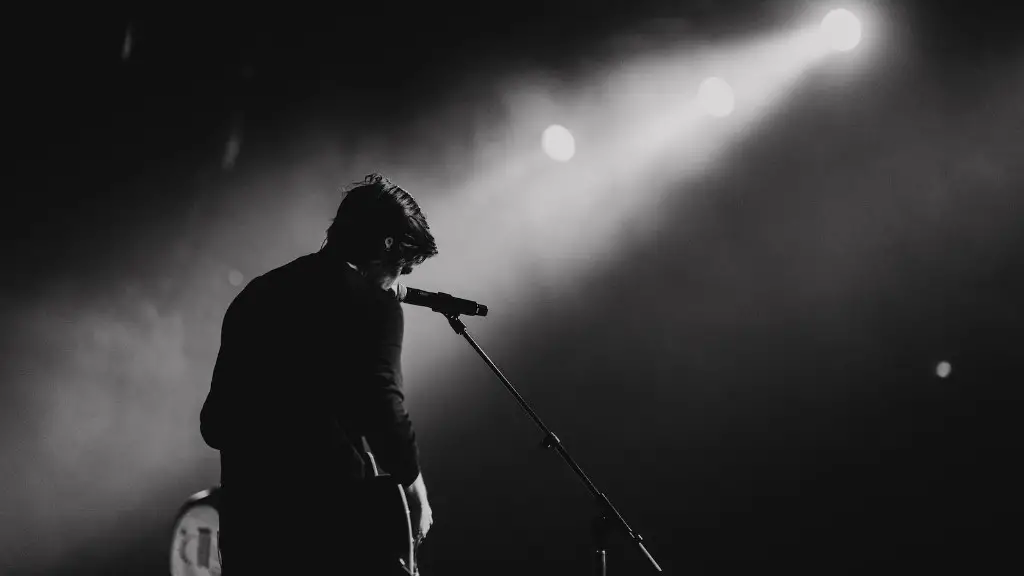Drawing a beak is no easy feat — but it can be done with a great deal of practice and patience. If you’re an aspiring artist who’s been longingly gazing at impressive beak-drawn masterpieces, put those dreams into motion. With a few art supplies and some creativity, you too can create a realistic feathered beak.
1. Begin with a Sketch
Assuming you’re starting from scratch, the first step is to start with a rough sketch. Get a drawing pad and some pencils, and start by loosely capturing the shape of the beak with some light lines. Make sure not to press too hard — you want the pencil strokes to be faint and relatively thin, since you won’t want precise details in the beginning.
As you draft the sketch, focus on its general silhouette — don’t worry about the jagged edges or any individual feathers yet. If you get stuck, visual reference can help. Look up some beak photos online or have a real-life bird specimen right in front of you as a reference.
2. Add Definition
Now it’s time to work on the details of the beak. Start by softly etching in some initial ridges and grooves. For instance, the beak of a robin is known for its triangular shape, and phoenix beaks are usually long and curved. As you carve out the details, add in the smaller elements. Do the beak have bumps and swirls? What kind of texture does it have? Visualize the beak in its entirety and sketch out each unique part.
Make sure not to push too hard with the pencil, as you’ll want to be able to erase any mistakes. Keep at it — you’ll be surprised at just how differently every beak looks, even if two birds are of the same species.
3. Add Color
Now it’s time to start adding color to your work. Here, you should note subtle nuances that the beak has — you’ll want to choose a shade that most accurately matches the real-life bird’s beak. Take your time — this step is often overlooked but is vital in recreating life and vibrancy in the drawing.
Don’t be afraid to be bold with color choices. Maybe a phoenix beak has golden-orange hues or a parrot’s is a striking cobalt blue. Be creative and have fun with it — you can always start over if you decide you’ve taken it too far.
Shading can make all the difference in a drawing, adding more realism and vibrancy. Take the range of hues that you’ve chosen and progressively darken them. The goal is to produce nuanced shadows, safely transitioning from light to dark with each layer that you add. Use a kneaded eraser during this process to lighten any areas that are too dark.
Depending on how realistic you want the beak to be, you may want to take some time at this stage and refine it over time. A light sketch line to indicate an idea or concept is a useful tool here. Also, don’t forget to use directional strokes — beaks are usually quite curved and organic, so strokes that mimic those shapes will be helpful.
5. Add Finishing Touches
Your beak should be coming along quite nicely, so now it’s time for the finishing touches. Take a step back and identify any areas that need some more refinement. Are there any bumps or swirls around the beak that need some additional definition? And make sure the shadows match the light areas — shaded shadows should be darkest near the beak and lighter farther away.
A final detail to consider is the catchlight, or the tiny highlights that appear in a beak when light reflects off its surface. Such subtle details often make the drawing look a little more lifelike, so spend some time carefully adding a few highlights to the beak. Try different pencils and strokes to create a greater range of hues and textures.

